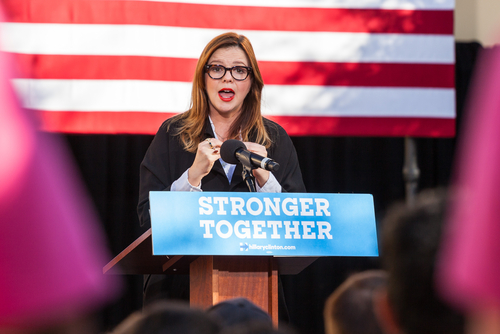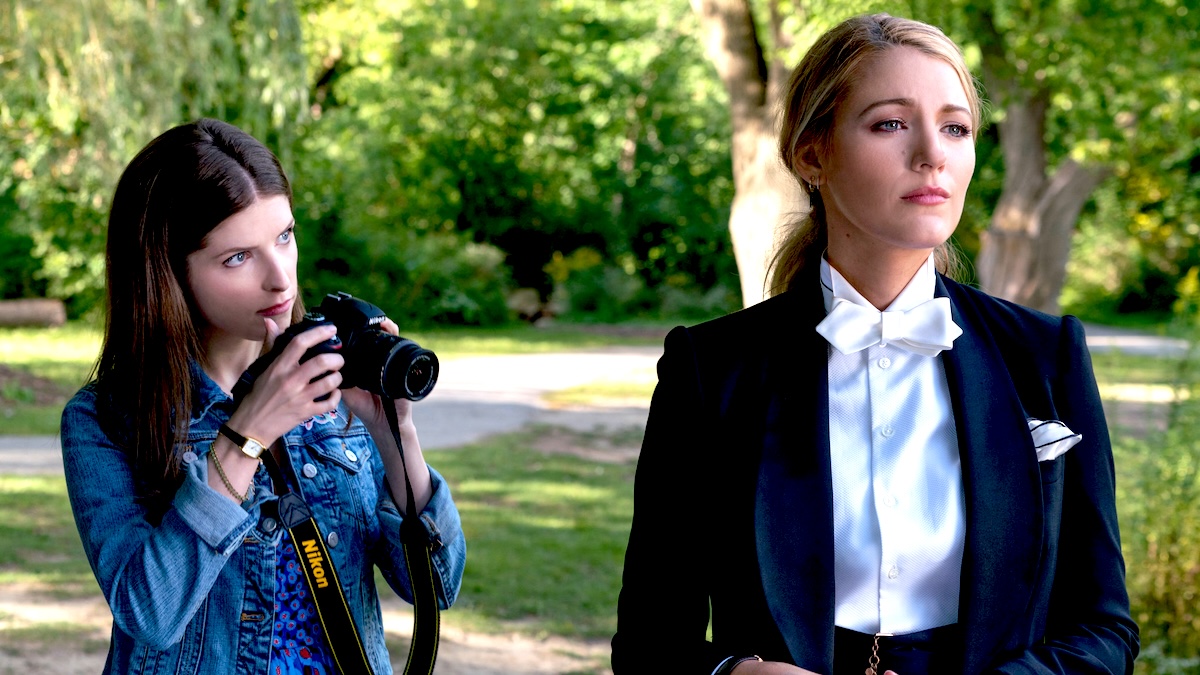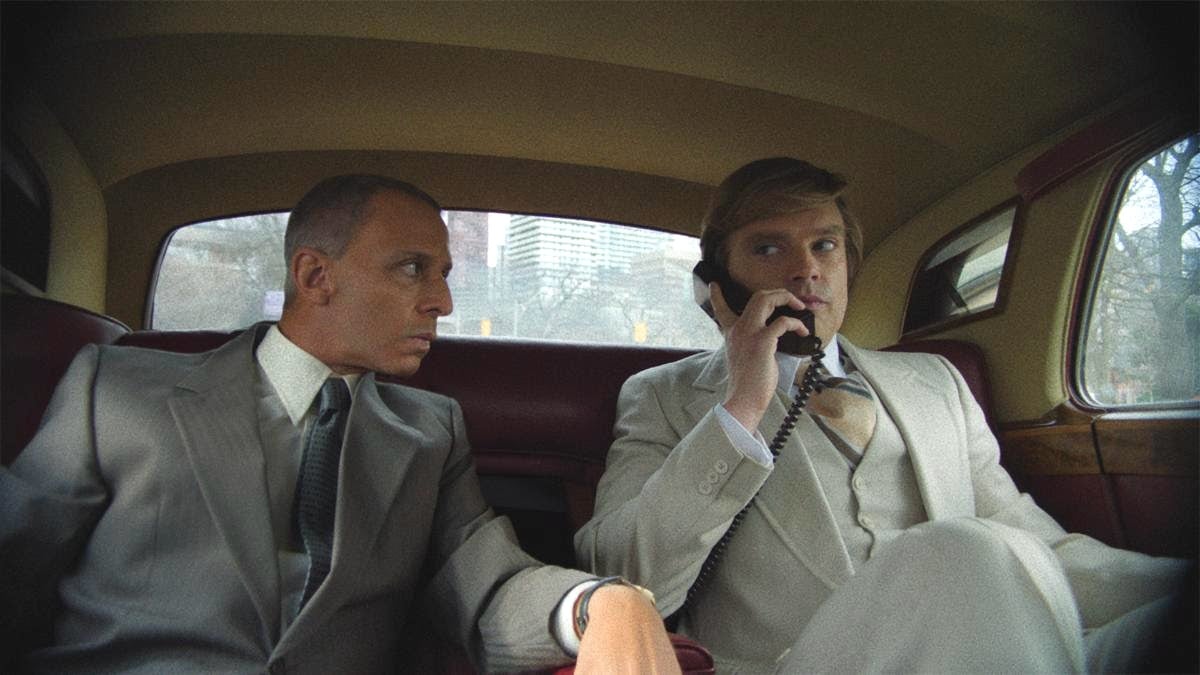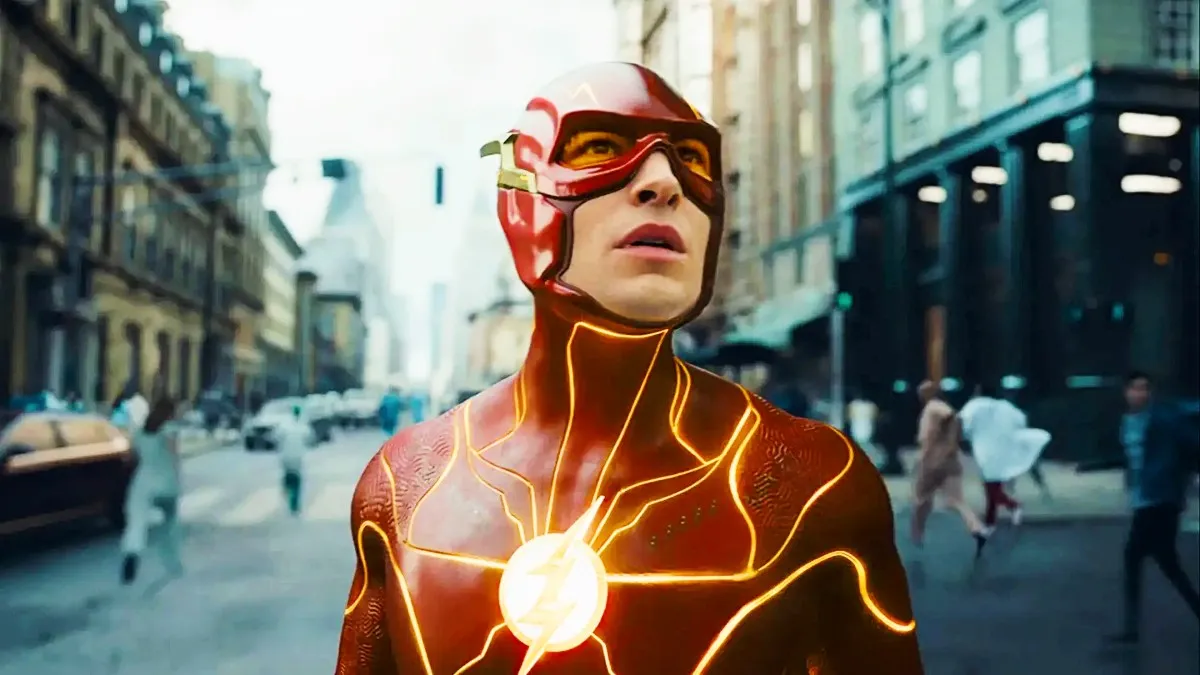There’s a reason we try to celebrate individual successes when it comes to women in film. Because despite our collective desire for conversations about inclusion and gender gap in Hollywood to become obsolete, the fact is that those conversations remain relevant. And so we celebrate badass female artists like Amber Tamblyn when they do things like make their feature film directing debut!
You might know Tamblyn best as an actress. She’s been working since she was a child, doing stuff like Joan of Arcadia and The Sisterhood of the Traveling Pants to more recent stuff like Django Unchained and 127 Hours. She’s also an amazing poet. Now, she’s adding director to her list of talents, having filmed her feature directorial debut, a film called Paint It Black.
According to Deadline Hollywood, the film, which is based on the novel by Janet Fitch, “tells the story of two women from different worlds who, after losing the man they both loved, are joined in shock and grief when they are drawn into a twisted relationship that reflects equal parts distrust and blind need.” Sounds exactly like the kind of female-focused, complicated story that would appeal to Tamblyn.
The film has just been purchased by Imagine Worldwide for distribution, and is set to drop in April. Of the deal, Tamblyn says:
“This movie has been eight years in the making for me, and I’m so honored to call Imagination Worldwide my partner in its release. My hope was to make a movie that was as visually intoxicating as it is psychologically — a true and twisted look at the violent, terrifying and beautiful subconscious lives of women in the throes of major life changes. I wanted to make a film about the literal way in which women grieve, not a film about women’s grief. Think David Lynch directing Grey Gardens, only with a deeper and more dangerous emotional intelligence.”
That sounds pretty amazing, and I’d be curious to see how Tamblyn exercises this new skill! However, it’s disappointing that even fewer women get to exercise their directing muscles now than ever before.
According to the 19th annual Celluloid Ceiling report, released by Dr. Martha Lauzen, executive director of the Center for the Study of Women in Television and Film at San Diego State University, seven percent of all directors working on the top-250 domestic grossing films in 2016 were female. It was nine percent in 2015.
Numbers are low for women in other jobs behind the camera as well. Thirteen percent of writers, seventeen percent of executive producers, twenty-four percent of producers, seventeen percent of editors, and a mere five percent of cinematographers are female. Dr. Lauzen believes that despite everyone’s best intentions, whatever we’re doing now to close the gender gap isn’t working:
“The current small-scale remedies for women’s under-employment, while they may be well intentioned and benefit a handful of individuals, are ineffective in addressing this issue. The efforts, such as the mentoring and shadowing programs, are simply too meager to create the kind of shift that is needed. Women working in key behind-the-camera roles have yet to benefit from the current dialogue regarding diversity and inclusion in the film industry.”
If everyone who talked about diversity and inclusion made it a point to somehow get a female director hired on a Hollywood film in 2017, I wonder what that would do to the landscape. I’d hate to think of the alternative. It appears that, if we’re not careful, things go backwards in “Trump’s America.”
(via The Hollywood Reporter/Deadline Hollywood)
Want more stories like this? Become a subscriber and support the site!
—The Mary Sue has a strict comment policy that forbids, but is not limited to, personal insults toward anyone, hate speech, and trolling.—
Follow The Mary Sue on Twitter, Facebook, Tumblr, Pinterest, & Google+.









Published: Jan 12, 2017 04:17 pm